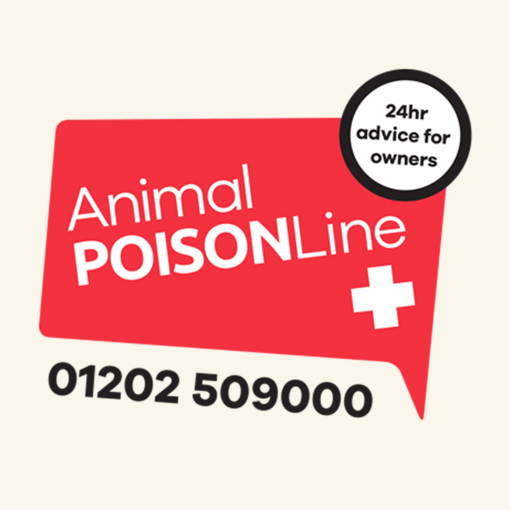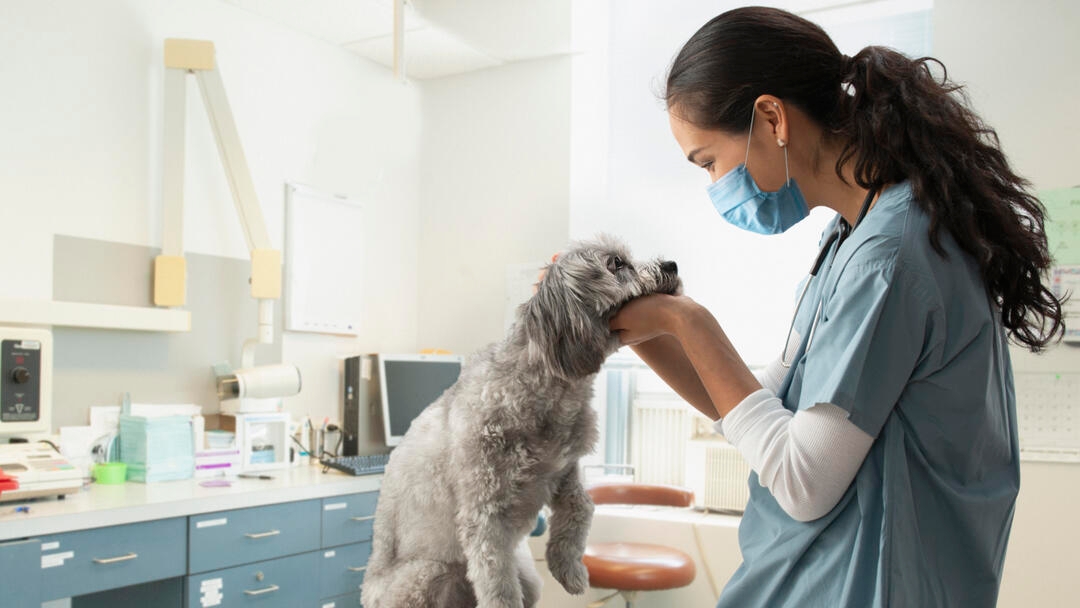
Xylitol is a very popular sugar substitute which is prized for its lower calorie content and low glycaemic index, and it’s also thought to be better for human dental health. With that being said, although xylitol is safe for humans to consume, sadly it can be highly poisonous to dogs. The Pet Poison Helpline received 5,846 calls about dogs accidentally ingesting this ingredient in 2020 alone.
We’ve put together this guide on xylitol poisoning in dogs to explain why this ingredient is so toxic for your pup and outline the signs to look out for if they do manage to get their paws on it.
What is xylitol?
Xylitol is a naturally occurring substance that’s often used as a sugar substitute for humans, and is commonly found in sauces, spreads and gum. Xylitol is a type of sugar alcohol that is naturally present in lots of different foods including strawberries, plums, oats, mushrooms and lettuce. But most commercialised xylitol tends to be extracted from corn fibre or birch trees.
Why is xylitol so toxic to dogs?
The reason xylitol poisoning in dogs is so serious is because it can cause low blood sugar levels, also known as hypoglycaemia, which can be fatal. This is due to the fact that the canine pancreas confuses it with real sugar, causing this organ to release more insulin, which then removes the real sugar from the body, meaning blood sugar levels will plummet. Xylitol can also cause liver failure, but veterinary experts are currently unsure as to exactly why this happens.
How much xylitol is poisonous to dogs?
The amount of xylitol dogs will react to depends on their size and how much they eat. For example, just one piece of gum could be life-threatening to a smaller dog, but this will depend on the xylitol content of the gum, which can be hugely variable, especially in sugar-free gum (from 1-90%).
According to Vets Now, the general rule of thumb is 50-100mg of xylitol per kg of body weight can cause hypoglycaemia. So, if your dog does ingest food containing xylitol, get in touch with your vet straight away, and they will be able to calculate how much xylitol your dog has eaten in relation to their size, which will indicate whether or not they have ingested a toxic dose.
What foods contain xylitol?
With the popularity of xylitol growing, a vast number of foods now contain it, some of the most common being:
- Breath mints and gum
- Cough syrup
- Chewable vitamins
- Mouthwash
- Toothpaste
- Some peanut and nut butters
- Baked goods (particularly low-calorie options, or those made for diabetic individuals, as sugar is normally substituted for xylitol in these products)
- Medicines
- Supplements
- Sugar-free desserts
Because xylitol is included in so many products, it’s always best to err on the side of caution and check the label to see if xylitol is an ingredient, before offering any food to your dog. Or, better yet, avoid offering your pet human food altogether and stick to only giving them dog-specific food and treats instead.
Symptoms of xylitol poisoning in dogs
After ingesting xylitol, symptoms tend to come on quite rapidly within 30 minutes, but it can be much quicker or as long as 12 hours. Because of this, if you think your pet has ingested xylitol, it’s best to contact your vet straight away. They will often advise for you to either bring your pet to the practice straight away for assessment, or they may advise you to monitor your pup at home for the time being. If your vet does advise for you to monitor your pet, they should give you an idea of which signs to look out for. If you’re wondering what the symptoms of xylitol poisoning in dogs are, we’ve listed some of the most common signs below:
- Vomiting
- Lethargy
- Weakness
- Difficulty walking (which may include struggling to balance and falling over)
- Collapse
- Seizures
- Coma
If you notice any of the above symptoms or suspect your dog has eaten something that contains xylitol, make sure you contact your vet right away, as prompt intervention can help to improve outcomes for your pet. This is because xylitol gets absorbed into the bloodstream very quickly and so the subsequent drop in blood sugar levels either needs to be prevented or brought under control rapidly to give your dog the best chance of making a full recovery. When you call your vet, it’s really helpful if you can let them know roughly how much xylitol you pet may have ingested, and you can do this by checking the packaging of the product they have eaten. Also, if your vet advises for you to bring your dog to the vet practice for assessment, it’s a good idea to take any product packaging with you, so your vet can work out how much xylitol your dog may have potentially ingested, which will help them to create an action plan.
Management of xylitol poisoning in dogs
If your vet suspects xylitol poisoning, they will normally ask you to bring your pet to the surgery straight away so they can take a history, perform a physical exam of your pet, and they may also carry out other testing, including blood tests. There are a number of different management options for this condition, and your vet will discuss these with you.
If you get to your vets quickly enough, they may try to induce vomiting to try to remove the xylitol from your dog’s system. Also, depending on your pup’s blood sugar level (something that can be checked via a blood test) your dog may need to be put on an intravenous drip containing a special sugar solution to help them to regulate their blood sugar levels again. A hospital stay will also often be necessary and, during this time, your dog will normally be closely monitored and assessed by veterinary professionals. If your dog’s liver is affected, this is more serious – and can even be fatal – so prolonged management will often be required, or your vet may suggest referring your pet to a specialist.
Xylitol poisoning that’s caught early on can often have a good prognosis but, if the xylitol ingested does result in liver failure, this is unfortunately much more dangerous.
Preventing xylitol poisoning in dogs
In most cases, xylitol poisoning can be prevented by simply keeping products that contain this ingredient out of reach and never, ever feeding your dog food without checking what it contains first. Additionally, as most human toothpastes contain xylitol, only ever use a dog-friendly toothpaste on your pup.
That’s our guide to xylitol poisoning in dogs and the symptoms to look out for. Want to find out more about what dogs can eat and what to avoid? Learn if dogs can eat strawberries, next.



















